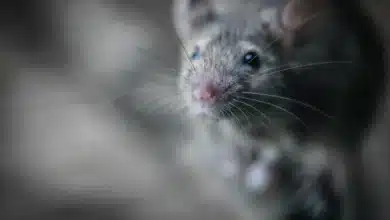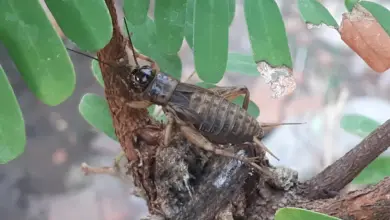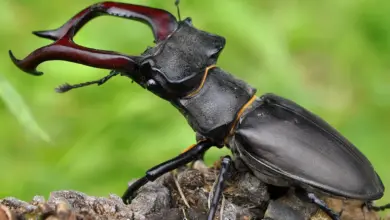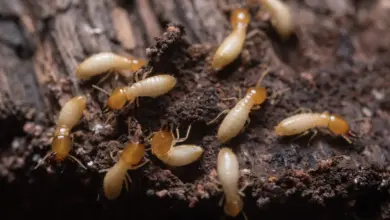Ants are fascinating creatures that can be found all around the world. They come in a wide variety of species, each with their own unique characteristics and behaviors. In this article, we will explore some of the most common types of ants you might encounter in your daily life.
[ez-toc]
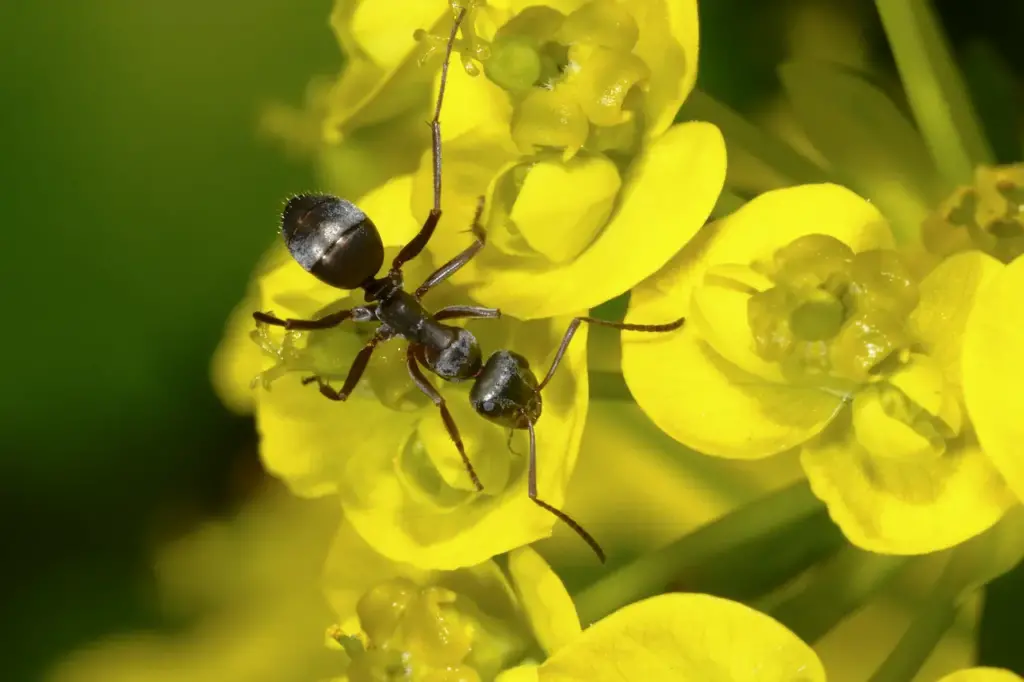
You might be familiar with the black garden ant, which is often seen outdoors in landscaping or under paving stones. This ant is just one example of the many species that exist. Other types of ants include the Argentine ant, known for building nests underground and traveling in distinctive trails on trees or irrigation lines, and the southern fire ant, easily identified by its light reddish brown color and black hairy abdomen found here.
As you learn about the different species of ants, you’ll discover their unique preferences for nesting locations and food sources. By understanding these characteristics, you can gain a greater appreciation for the diversity and complexity of the ant world.
Basic Characteristics
Anatomy of Ants
Ants have unique body features that help you identify them. They include:
- Elbowed (bent) antennae on their head
- A narrow waist called the petiole that connects the thorax to the abdomen
- Three main body parts: head, thorax, and abdomen
In addition, ants come in a variety of colors and sizes, ranging from small to large.
Behavior and Society
Ants are social insects, living in colonies consisting of:
- Workers (mostly female, non-reproductive individuals)
- Queens (reproductive females)
- Drones (reproductive males)
They communicate with each other using pheromones for various purposes, such as:
- Alerting others to danger
- Guiding other ants to food sources
- Indicating the queen’s presence
Diet
Ants are omnivorous, meaning their diet varies based on the species and food availability. Some of their food choices include:
- Seeds
- Nectar
- Honeydew (a sweet liquid produced by some insects, especially aphids)
- Other insects
By keeping their diet diverse, ants can adapt to various environments and fulfill different ecological roles.
Habitat and Distribution
Global Presence
Ants can be found in various habitats around the world, except for Antarctica, Greenland, and Iceland. They typically build nests in soil, sand, or even within homes and gardens. Some common locations for ant nests include:
- Near trees or shrubs
- Under rocks or logs
- In lawns or flower beds
- Within walls or foundations of buildings
For example, the Field ants are commonly found in yards and gardens across North America.
Colonization
Ants are social insects that form complex colonies, with each individual playing a specific role. Their colonies can be as small as a few dozen ants or as large as millions of individuals. Some species, like the Argentine ant, even form supercolonies that span vast distances and contain massive populations.
Ants use different strategies for colonizing new areas, which include:
- Budding: Some ants divide their existing colony and establish a new nest nearby, led by a queen.
- Swarming: During certain seasons, winged ants (queens and males) fly out to mate and establish new nests elsewhere.
When ants invade your home or garden, it’s essential to identify the species in order to effectively control their population or prevent further colonization. By understanding their habitat and distribution, you can take appropriate steps to protect your living spaces from these adaptable and widespread creatures.
Species and Types
Carpenter Ants
Carpenter ants come in a variety of colors, including black, red, and tan. They are known for their ability to tunnel through wood, which can cause structural damage to homes. Carpenter ants typically feed on insects and aphids.
Fire Ants
Fire ants are small, aggressive ants, usually red or brown in color. They are notorious for their painful stings, which can cause allergic reactions in some people. Fire ants often build large mounds in open areas and are attracted to sugary and fatty foods.
Pharaoh Ants
Pharaoh ants are tiny, yellow or light brown ants known for being persistent indoor pests. They can spread bacterial diseases in hospitals and food processing facilities. Pharaoh ants are hard to control due to their ability to create new colonies when disturbed.
Pavement Ants
Pavement ants are small, dark brown to black ants that typically nest under sidewalks, driveways, and in the cracks of patios. They are foragers, feeding on a variety of plant and animal materials. Pavement ants are attracted to sweet foods and can be found indoors.
Field Ants
Field ants are larger ants that come in a variety of colors, including red, black, or a combination. They are often found in grassy areas or fields. Field ants generally feed on dead insects and can create a nuisance in landscaped areas.
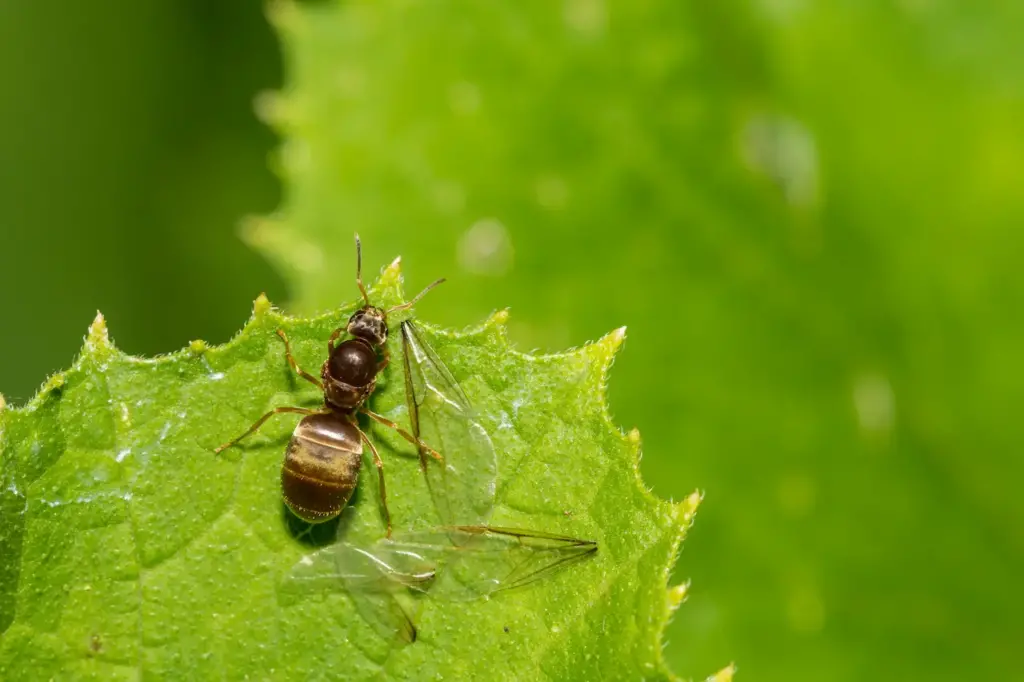
Crazy Ants
Crazy ants are usually small, dark-colored ants with a distinctive erratic running behavior. They can be challenging to control and are known to invade homes in large numbers searching for food. Crazy ants prefer sugary substances and are attracted to electrical wires.
Leafcutter Ants
Leafcutter ants are known for their unique behavior of cutting small pieces of leaves and carrying them back to their nests. They use these leaf fragments to cultivate fungus, which serves as their primary food source. Leafcutter ant colonies can have millions of ants and can cause damage to plants.
Army Ants
Army ants are aggressive, nomadic ants that form massive raiding parties to hunt and capture prey. They do not build permanent nests, instead forming temporary bivouacs to house the colony. Army ants can cause significant damage to local animal populations during raids.
Ghost Ants
Ghost ants are small, pale ants with a translucent body, making them difficult to see. They often infest homes and offices, attracted to sweet foods and moisture sources. Ghost ants are challenging to control due to their ability to form new colonies when disturbed.
Argentine Ants
Argentine ants are small, light to dark brown ants that typically nest outdoors in moist locations. They can form massive colonies with multiple queens, often invading homes in search of food. Argentine ants prefer sweet foods and can displace native ant species.
Thief Ants
Thief ants are small, yellow to brown ants known for their habit of stealing food and larvae from other ant colonies. They are attracted to oily, greasy foods and can be found in homes or commercial kitchens. Thief ants are difficult to control because they have multiple nesting sites.
Harvester Ants
Harvester ants are larger ants that gather and store seeds as their primary food source. They can typically be found in arid environments and create large, circular nest openings. Harvester ants have a painful sting and can strip the vegetation surrounding their nests.
Odorous House Ants
Odorous house ants are small, dark brown to black ants known for the strong, rotten coconut-like odor they emit when crushed. They are attracted to sweet foods and can commonly be found in homes and kitchens. Odorous house ants are persistent pests and can form large colonies with multiple queens.
Life Cycle
Mating and Reproduction
In ant colonies, there are usually one or more queens responsible for laying eggs. These queens mate with male ants, known as drones, to produce offspring. Sometimes, colonies have multiple queens to ensure the survival and expansion of their population.
Let’s take a look at some features of queen ants and drones:
- Queens:
- Are the only ants that can lay eggs
- Have a longer life span compared to workers and drones
- Can produce thousands of eggs during their lifetime
- Drones:
- Are male ants
- Have a primary role in mating with the queen
- Have a shorter life span compared to the queens and workers
Development Stages
The life cycle of ants consists of four stages, including eggs, larvae, pupae, and adults. Here’s a brief overview of each stage:
- Eggs: Queens lay soft, oval-shaped eggs that are tiny – about the size of a period at the end of a sentence. Not all eggs are destined to become adults; some are eaten by nestmates for extra nourishment.
- Larvae: The eggs hatch into worm-shaped larvae with no eyes. These larvae grow by feeding on food provided by worker ants, such as insects, plant material, and honeydew from aphids.
- Pupae: After reaching a certain size, the larvae transform into pupae, a resting stage in which they start to develop adult features like legs, wings, and antennae. During this stage, the pupae are immobile and rely on worker ants for protection.
- Adults: Once the pupae have completed their transformation, they emerge as adult ants. Adult ants consist of three distinct types: workers (females), drones (males), and queens (females).
| Development Stage | Characteristics |
|---|---|
| Eggs | Tiny, oval-shaped, soft, nourishment for the colony when necessary |
| Larvae | Worm-shaped, no eyes, grow by feeding on food provided by workers |
| Pupae | Resting stage, starting to develop adult features |
| Adults | Consist of workers, drones, and queens |
By understanding the ant life cycle and its various development stages, you can better appreciate the complex and fascinating world of these social insects.
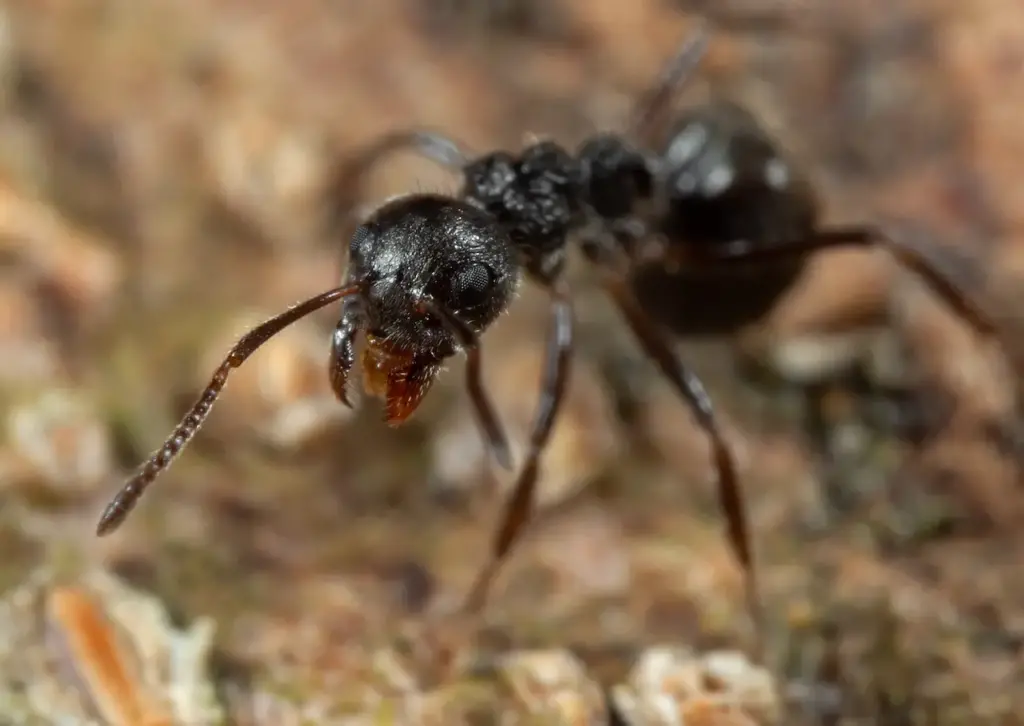
Interactions with Humans
Ants in Homes
Ants can find their way into your house, especially in areas like the kitchen and bathroom. They’re attracted to food and moisture sources, and can even nest in your home’s insulation or near patios. Common places where ants may be found in homes include:
- Countertops
- Pantries
- Pipes and drains
When an infestation occurs, it’s essential to act quickly to prevent further harm to your residence.
Ant Control
There are several ways to manage and control ant infestations:
- Ant bait: These contain a substance that ants take back to their nest, effectively poisoning the colony.
- Boric acid: A natural mineral that can be used as a pesticide, killing ants when they consume it.
Here’s a comparison table to help you decide between ant bait and boric acid:
| Method | Pros | Cons |
|---|---|---|
| Ant bait | Targets the entire colony, easy to use | May take time to work, can be harmful to pets |
| Boric acid | Natural, effective against various ant species | Requires proper application, may harm beneficial insects |
Remember to keep your home clean, seal any gaps or cracks, and store food properly to prevent future ant invasions.
Comparison with Similar Insects
When it comes to ants, it’s important to know how they differ from other similar insects such as termites. This will help you identify these small invertebrates more accurately. In this section, we’ll discuss some key differences between ants and termites.
First, let’s take a look at their physical features:
- Antennae: Ants have elbowed antennae, while termites have straight antennae.
- Waist: Ants have a pinched or “wasp-waist”, while termites don’t. Their bodies extend straight back from the head.
- Wings: Winged ants have front and hind wings that are different in shape and size. Termites have wings of similar shape and size.
You can also differentiate them based on their nesting habits:
- Nests: Ants construct various types of nests depending on the species, such as soil mounds or tunnels in wood. Termites, on the other hand, build mud tubes or nests in soil and wood.
As for feeding habits, ants and termites have different preferences:
- Diet: Ants are omnivorous, feeding on a variety of sources, such as seeds, nectar, other insects, and even small animals. Termites primarily feed on cellulose, which is found in wood, leaf litter, and plant debris.
Here’s a quick comparison table for your reference:
| Feature | Ants | Termites |
|---|---|---|
| Antennae | Elbowed | Straight |
| Waist | Pinched, wasp-like | Straight, no constriction |
| Wings | Front and hind wings different | Front and hind wings similar |
| Nests | Various types | Mud tubes or soil/wood nests |
| Diet | Omnivorous | Cellulose-based |
By considering these differences, you should be better equipped to identify ants and distinguish them from similar insects like termites.
Interesting Facts
Ants are fascinating creatures and can vary greatly among different species. For example, leafcutter ants are known for their ability to cause physical damage to plants in landscapes. On the other hand, some ant species are so small that you might not even notice their presence.
- Bullet ants are named for their powerful sting, which feels like being shot by a bullet. Interestingly, these ants have no stingers but instead use their mandibles to deliver venom.
- Ants have a wide range of relationships with other creatures, from plants such as leaves they eat, to mammals and birds they co-exist with, or even serve as prey.
- Some ants have wings, like queens and males, which allow them to fly when looking for a mate. You may occasionally see winged ants around your home.
Ants exhibit some surprising abilities that you might not expect. In case of a flood, certain ant species can band together and create a raft to stay afloat. They use their own bodies to form this structure, keeping their queen and larvae safe from drowning.
Additionally, ants can be found in various environments around the world – there are over 12,000 ant species globally. This means that you might encounter them in anything from a picnic to an underground fortress. Remember, ants have been around for millions of years, so they have developed incredible adaptations and survival strategies.
